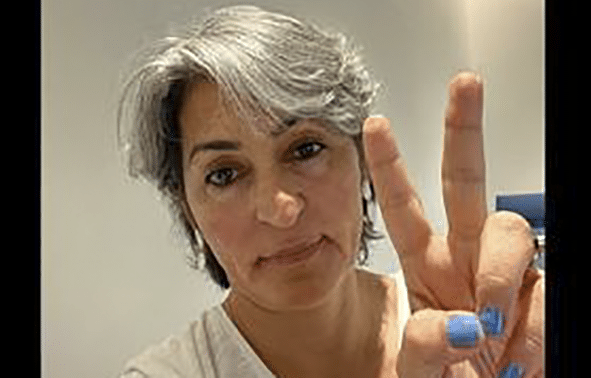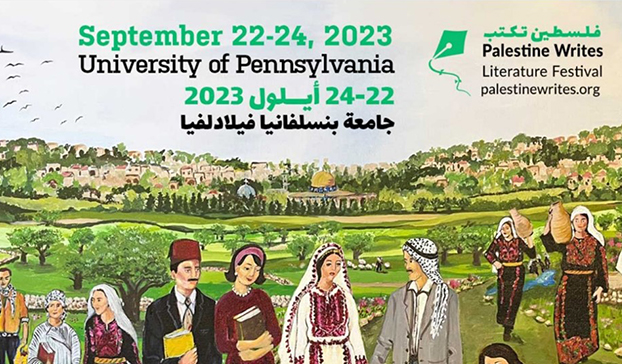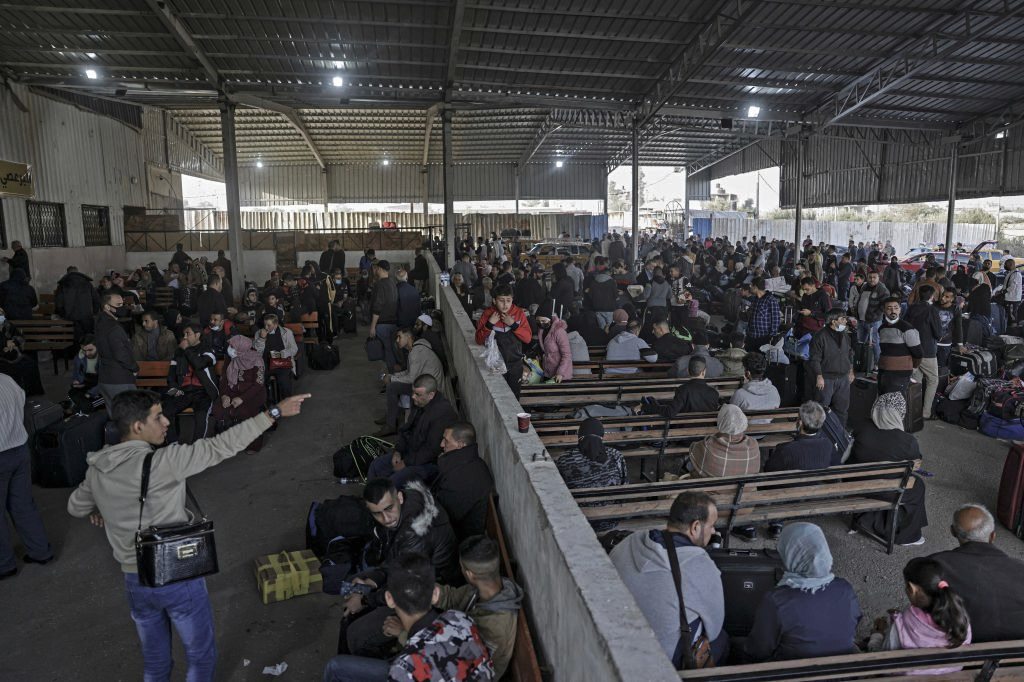No “
Palestinian Arab people” existed at the start of 1920, but, by December, it took shape in a form recognizably similar to today’s.
Until the late nineteenth century, residents living in the region between the
Jordan Riverand the Mediterranean identified themselves primarily in terms of religion:
Muslims felt far stronger bonds with remote co-religionists than with nearby
Christians and
Jews. Living in that area did not imply any sense of common political purpose.
Then came the ideology of nationalism from Europe; its ideal of a government that embodies the spirit of its people was alien but appealing to Middle Easterners. How to apply this ideal, though? Who constitutes a nation and where must the boundaries be? These questions stimulated huge debates.
Some said the residents of the Levant are a nation; others said Eastern
Arabic speakers; or all Arabic speakers; or all Muslims.
But no one suggested “Palestinians,” and for good reason. Palestine, then a secular way of saying
Eretz Yisrael or Terra Sancta, embodied a purely Jewish and Christian concept, one utterly foreign to Muslims, even repugnant to them.
This distaste was confirmed in April 1920, when the British occupying force carved out a “Palestine.” Muslims reacted very suspiciously, rightly seeing this designation as a victory for
Zionism. Less accurately, they worried about it signaling a revival in the
Crusaderimpulse. No prominent Muslim voices endorsed the delineation of Palestine in 1920; all protested it.
Encyclopedia of Jewish and Israeli history, politics and culture, with biographies, statistics, articles and documents on topics from anti-Semitism to Zionism.

www.jewishvirtuallibrary.org

 www.jewishpress.com
www.jewishpress.com



www.jewishpress.com

